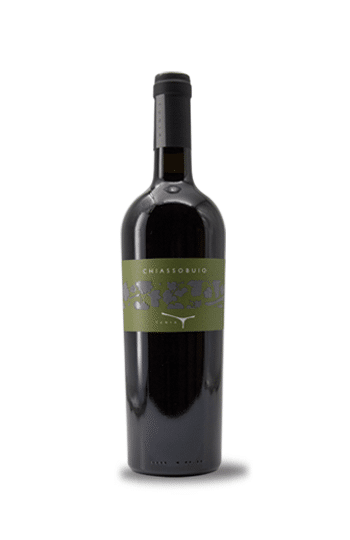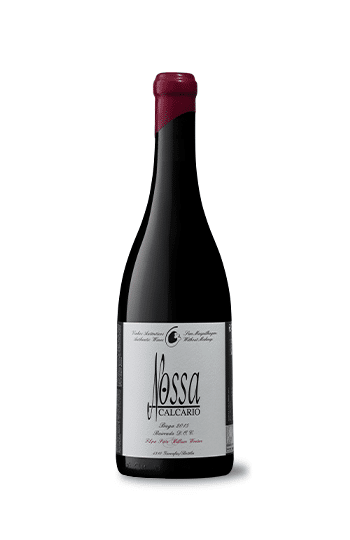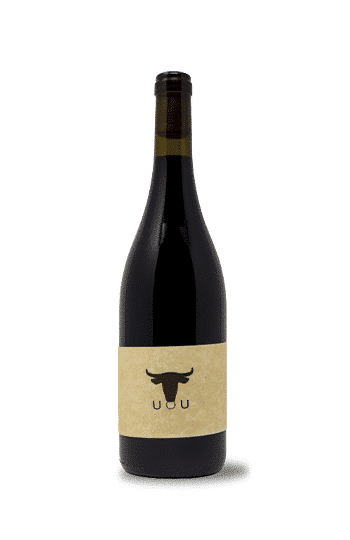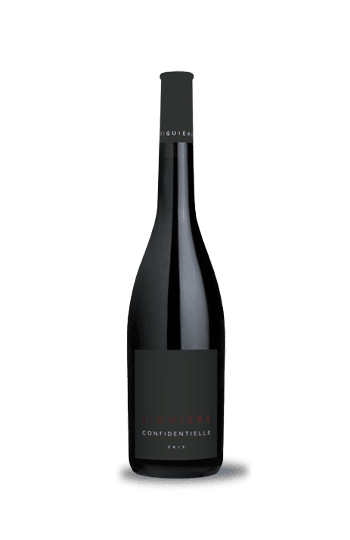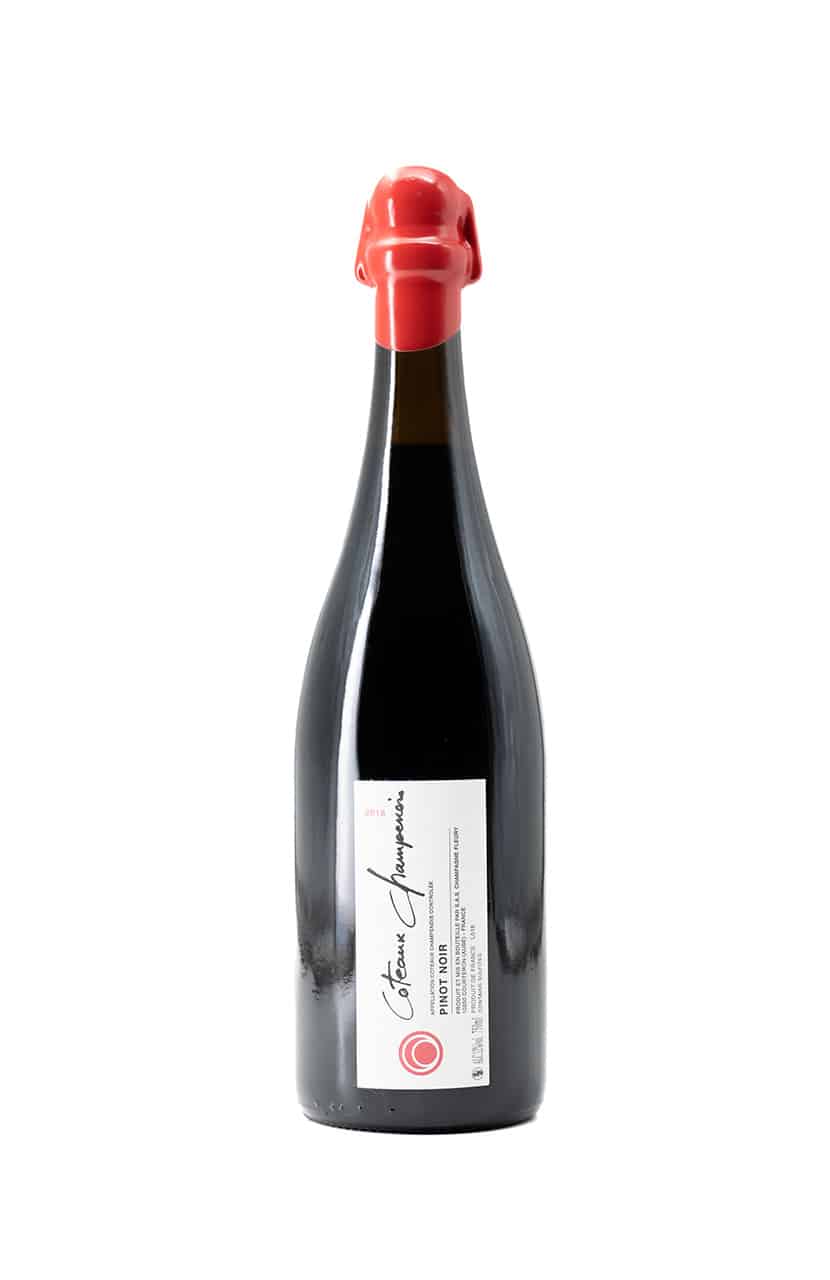
Coteaux Champenois rouge, 2018, Champagne Fleury, 0,75 l
54,00 €
This elegant blue pinot with a strong character is the definition of pleasure! On the nose you detect all kinds of red fruits and the taste is rich, juicy and full of fruity aromas.
Availability: 1 in stock
The elegance of Champagne combined with the elegance of blue Pinot. This red wine is only the third vintage produced since 2012 and is inspired by the style of nearby Burgundy.
The deep red colour is adorned with ruby hues. On the nose, all kinds of red fruits can be detected. The taste is rich, juicy and full of fruity aromas. This blue pinot with a strong character is the definition of pleasure!
| Weight | 1,5 kg |
|---|---|
| Region | Champagne |
| Variety | 100 % blue pinot |
| House | Champagne Fleury |
| Alcohol level | 12 % |
| Recommended temperature | 14-16 °C |
| Country | FRANCE |
| Ageing potential | 10-15 years |
| Wine style | Rich red wine |
| Yearbook | 2018 |
| Volume | 0,75 l |
| Vinification | 12-day maceration, maturation in oak barrels 1 year |
| Food matching | Slice, cheese board, beef, lamb |
| Colour | Ruby red |
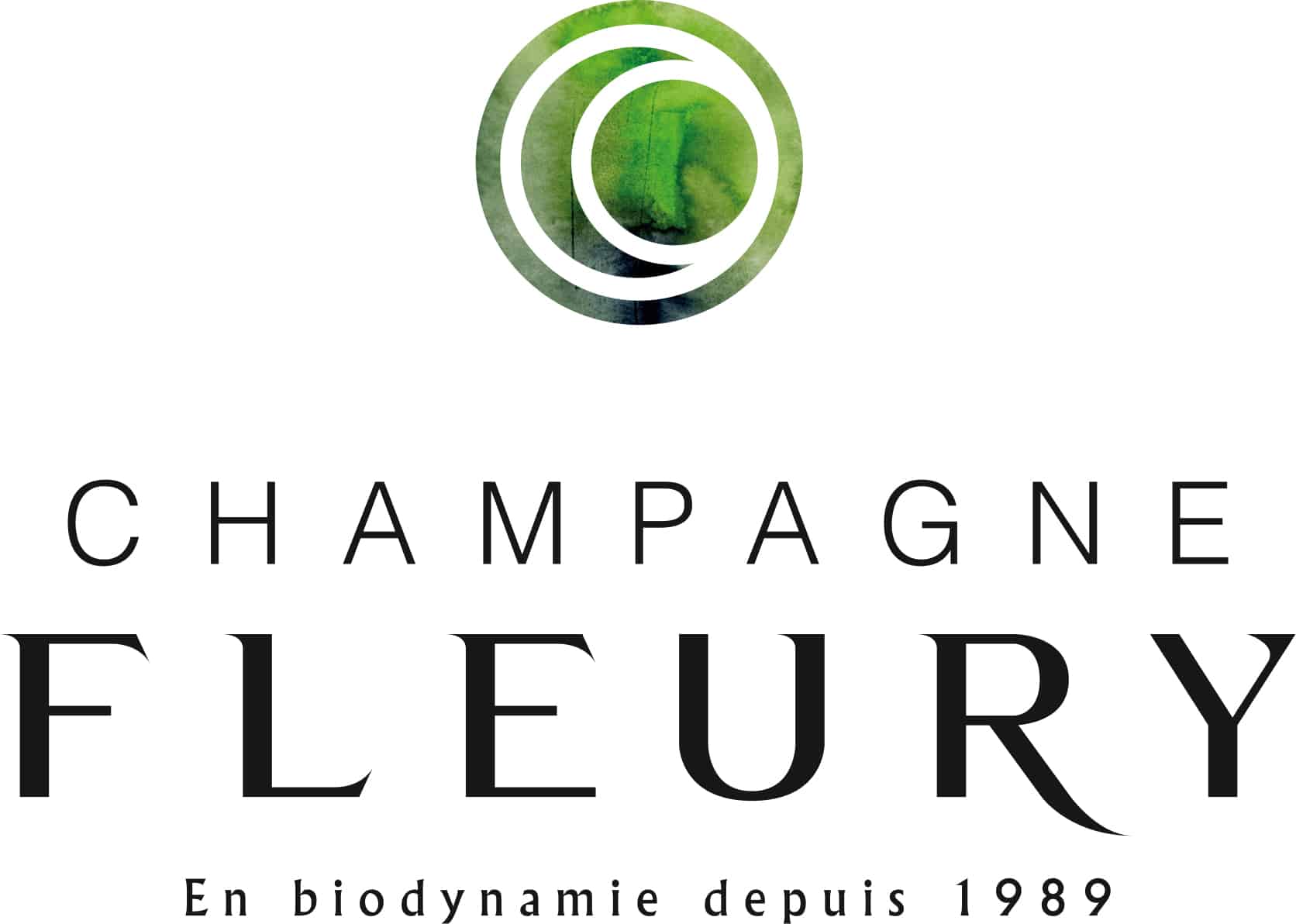
In Courteron, in the heart of southern Champagne in the Côte des Bar, the Fleury estate was founded in 1895, nestled amongst clay and limestone hillsides. The family's passion for viticulture was fuelled by the philosophy of biodynamics, which gave new meaning to their viticulture. To be respectful of the natural and living heritage of this terroir, where the guardians of the land humbly and repeatedly learn to balance nature. Today, Domaine Fleury is run by the 4th generation. The estate is above all a family story of shared passion and innovation in the art of winemaking in harmony with nature. Today, under the drive and wisdom of Jean-Pierre, his three children continue to keep the Fleury galaxy turning. Innovation has always played a key role in the Fleury family. Each generation has had to create new approaches in difficult times. In the early 20th century, Emile Fleury was bold enough to graft the first blue pinot vines in the region after the devastating phylloxera invasion. When the economic crisis hit in 1929, his son Robert Fleury rescued his small wine-growing business by going into champagne production. Jean-Pierre Fleury took over in 1970 and in 1989 became the first to apply biodynamic practices in the vineyard, first only partially and then fully in 1992. And let's not forget Morgane Fleury, the actress and sommelier who developed a new concept for an organic wine bar in the heart of Paris. Jean-Sébastien is also an innovator in the field of wine production, experimenting with grafting techniques in the vines, as well as re-introducing horses to work on specific plots. He set up a 'barrel gallery' and created the first sulphur-free wines in the area. Benoît is currently experimenting with mass selection and agroforestry as new ways of growing vines in symbiosis with the environment. As a young winemaker in the late 1960s, Jean Pierre Fleury was already questioning the harmful effects of the chemicals he was using on a daily basis to interfere with nature. This was brought to his attention by Rachel Carson's 1962 book 'The Silent Spring', which raised awareness about the environmental impact of pesticides and other chemicals. He felt the urge to leave his children a healthy earth. His childhood passion for astronomy and discovering other cultures (especially Japanese) sustained his fascination with the relationship between the sky and the earth, which eventually led him to take up biodynamics in 1989. The love of the earth is undoubtedly in the Fleury family genes, but the true spirit of Champagne lies both in the wonders of nature and in man's ability to enhance it by understanding the close links between the micro and macrocosm. A sensitivity to the relationship between heaven and earth, combined with the power and harmony of life, are at the heart of biodynamic practices.
Related products
-
Add to wishlistRemove from wish listAdd to wishlist
-
Pato & Wouters
Nossa Calcario Baga, 2017, Pato & Wouters, 1,5 l
Rated 0 out of 569,90 € Add to basketAdd to wishlistRemove from wish listAdd to wishlist -
Add to wishlistRemove from wish listAdd to wishlist
-
Add to wishlistRemove from wish listAdd to wishlist



